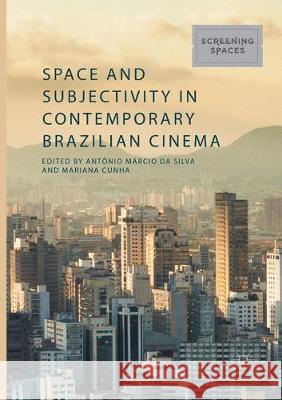Space and Subjectivity in Contemporary Brazilian Cinema » książka
topmenu
Space and Subjectivity in Contemporary Brazilian Cinema
ISBN-13: 9783319839004 / Angielski / Miękka / 2018 / 244 str.
Kategorie:
Kategorie BISAC:
Wydawca:
Palgrave MacMillan
Seria wydawnicza:
Język:
Angielski
ISBN-13:
9783319839004
Rok wydania:
2018
Wydanie:
Softcover Repri
Ilość stron:
244
Oprawa:
Miękka
Wolumenów:
01











